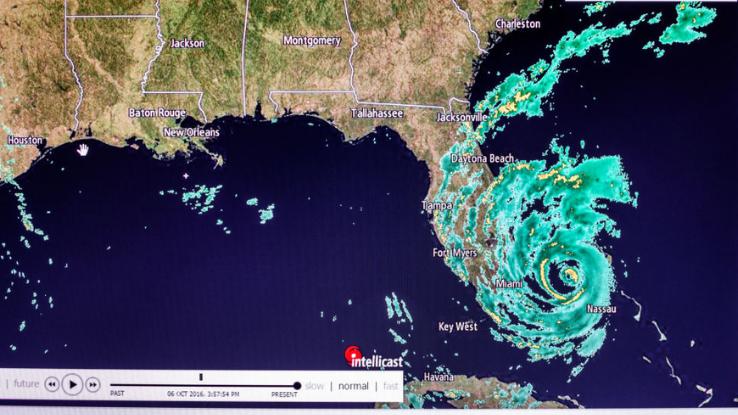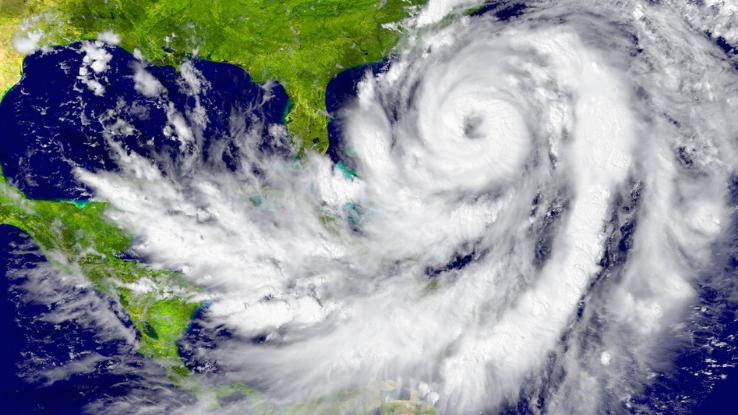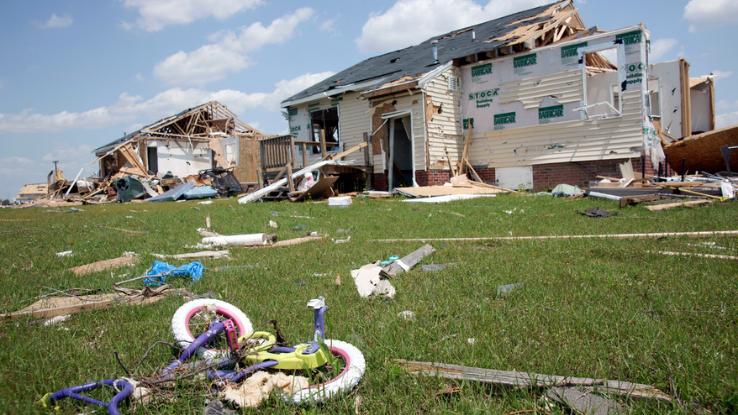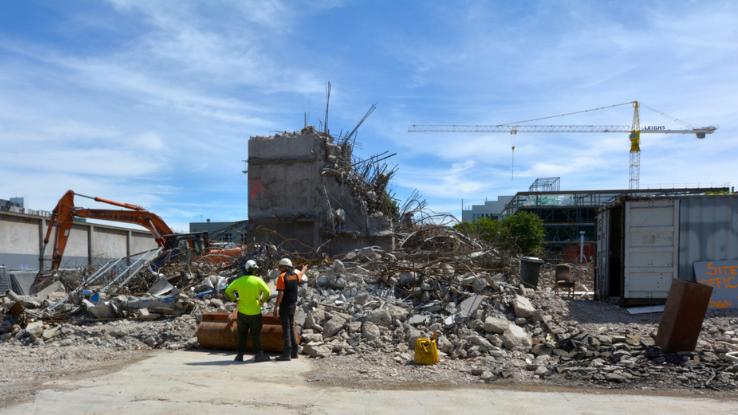Is There Anything We Can Do to Prevent Superstorms?

Is There Anything We Can Do to Prevent Superstorms?
In 2004, The Day After Tomorrow debuted in theaters. The film depicted, for lack of a better term, a climate disaster. The film was released a few years after The Perfect Storm (2000), a film inspired by the true story of a ship that was lost at sea in 1991. These disaster films are more than just stories related to extreme weather. These are cautionary tales of what superstorms can do and how little people can do to stop them if they’re caught up in one of these weather events.
Due to the increase in superstorms — storms that cause massive amounts of damage, affect large areas and/or last for long durations of time — turning on the news these days can feel like you’re watching one of these disaster movies. Superstorms aren’t necessarily new to the world, but they are becoming more and more frequent.
According to the Center for Climate and Energy Solutions (C2ES), the average number of tropical storms and hurricanes from 2000–2014 was 15 and 7, respectively. This is up from 11 tropical storms and 6 hurricanes, the annual average from 1966–2009. In 2021, there have been 20 tropical storms and 7 hurricanes. Superstorms are not just hurricane and tropical storm categorizations. Winter storms and nor’easters can also be considered superstorms. The unnamed winter storm of March 2014, for example, was four times the size of Hurricane Sandy, one of the most destructive hurricanes on record.
Is there a way to prevent superstorms? Controlling the weather sounds a lot like a comic-book superpower, but, even if superstorms can’t be prevented, there are definitely ways that people can minimize and prevent damage from climate-related disasters.
What Is a Superstorm?

“Superstorm” was not used to describe these extreme weather events until recently. Prior to “superstorm,” people would use “storm of the century” and similar terms to describe catastrophic weather — that is, until 1993. The National Weather Service officially coined “superstorm” to describe a nor’easter from March of that year. The term continues to be used, perhaps as frequently as these storms are occurring.
The parameters that designate whether an event is a superstorm or not are still being ironed out. Broadly, “superstorm” is used to describe a storm that’s memorable in some way. The storm might last for a long time, impact a large area, or cause massive amounts of damage. The word did not become a common phrase until roughly 2011–2012. According to GoogleTrends, searches for “superstorm” skyrocketed during a winter storm in January 2011 and during Hurricane Sandy in the fall of 2012.
A lot of people know the word and hear it most from meteorologists and local news providers, and many local and regional news stations rely on the National Weather Service for data and new terms, so “superstorm” is a great example of how these terms become everyday words. Since its creation, the term “superstorm” has been used to describe hurricanes, tropical storms, winter storms and other noteworthy weather events.
We Aren’t Sure How to Stop Superstorms Yet, But People Are Trying

It’s no secret that Earth’s oceans are warming, so perhaps cooling them down is the key to preventing superstorms. According to the Environmental Protection Agency (EPA), the average global ocean temperatures have increased by 1.5°F since 1880, which might factor into the increase in superstorms. Warmer water can give storms more time to develop strength prior to hitting land. When a storm makes landfall, it usually weakens. But if the storm has time to strengthen over the ocean, it has a higher chance of causing massive damage to communities.
To combat warming oceans, some scientists believe that geoengineering holds the answers. Expelling the right sulfates into our stratosphere may cause the sulfates to form a protective layer over the Earth, shielding it from some of the sun’s rays. It’s almost like trying to create a new ozone layer.
What’s being done to prevent superstorms closer to home? Let’s look at the Big Apple as a case study. New York City was one of many areas that experienced serious issues during Hurricane Sandy. The city may not be preventing storms from forming, but investing in its infrastructure will help the next time a superstorm passes by.
The first issue that New York had to tackle was emergency shelters. Whether people weren’t able to be in their homes due to safety issues or because they are unhoused folks, the need for somewhere to go during a storm is ever-present. The city has also invested in public housing and is exploring ways in which the city’s geography can be used to curb the flooding of public transit tunnels and other locations throughout the city. For example, “The Big U” will prevent lower Manhattan from turning into Venice.
Ultimately, making sure people have a roof over their heads, clean drinking water and access to medical care if needed during bad weather should be the goal of every community.
The Power Is Yours

Since scientists still have a lot of work to do when it comes to understanding climate change and long-term weather patterns, mitigating superstorms is up to you. This isn’t a “take shorter showers” or “buy different light bulbs” directive that you’ve probably heard before. Preventing superstorms, if possible at all, will require bigger changes.
Weather is not something we can control just yet. A lot of your actions, however, can influence the ongoing struggle to prevent superstorms. What you buy might matter. Supporting a company or nonprofit committed to fighting climate change could lead to major changes down the road. Who you vote for also matters. There are a lot of different issues that come with every election but supporting candidates who are committed to learning more about how humans impact the climate and the environment may be instrumental for safeguarding humankind’s future. You have more power than you think. Your actions can help prevent superstorms.





